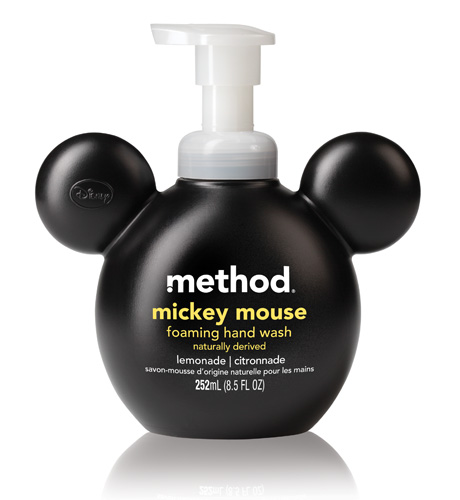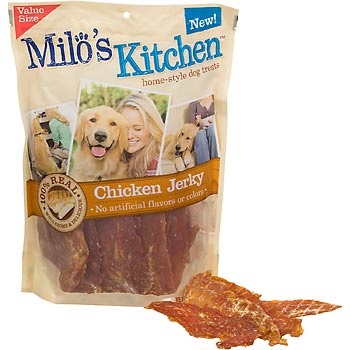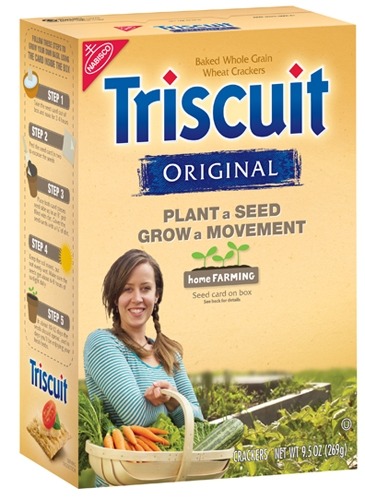The article is written by Ted Mininni, the President of Design Force, Inc., USA
Over the past three years, marketers have focused on delivering promotions, price cuts and additional value for consumers more than anything. This approach has been necessary to a large extent but much of it has also been done at the expense of brand building.
While it’s true that consumers are cost-conscious and more deliberate in their purchase-making decisions as a result of the recession, it’s also true that they’re looking for some bright spots in their daily lives. Consumers have always responded to brands that appeal to a sense of fun, enjoyment and entertainment. What time is better than the present to appeal to the emotional as well as rational aspects of the decision-making process? The customer is looking for a bit of whimsy or inspiration these days; why not give it to them? The trick is to do this in a gentle, easy manner that isn’t over the top.
Packaging can go a long way to accomplishing this goal for marketers. It can be as simple as employing nostalgic or whimsical cues to elicit smiles and pleasant memories. How about thinking outside of the box to seal the deal with consumers? Relying on price-based promotions alone doesn’t build equity in the brand for the long haul.
San Francisco based Method, famous for unorthodox package structure for its all-natural personal care and home cleaning products, shows how whimsy and nostalgia can create singularly exciting packaging. The company has sold children’s soaps in the past but recently, it had a stroke of genius. How about a licensed deal with Disney leading to unique Mickey and Minnie Mouse hand soap packaging for kids?
Pic. Method’s Mickey Mouse Soap
As expected from Method, the foaming soap is biodegradable and non-toxic. As for the packaging: the simple, iconic silhouettes that signify “Mickey” and “Minnie” are fantastic. The Disney brand mark is tastefully embossed in one ear. The packaging itself is recyclable and made with 25% recycled plastic, so that’s a plus. Many kids will likely keep the packaging and play with them as “toys”, besides. Children will clamor for this and parents will be happy to oblige. After all, they have many fond memories of their childhood connections to Disney’s famous stars.
Here’s the point: consumers are going to purchase kids’ soaps so why not create more brand value that will bring them beyond price considerations by delivering whimsy?
Del Monte’s recent introduction of its Milo’s Kitchen line of dog treats is another winner. Many pet products have featured solid nutrition for some time: real meat, added vegetables and fewer fillers, so what’s exciting about 100% sausage, chicken or beef jerky and meatballs, home-style or not? Rather than making nutrition the only focus, Milo’s Kitchen chose to package and market its dog snacks in a different manner. The focus is on pets as loved and treasured members of the family; and owners as “pet parents”. TV ads reiterate this theme and make us smile. Of course pets are family members! Of course they deserve the very best we can give them. They should be coddled and spoiled. We wouldn’t give our children anything less than the best; why would we do less for the canine member of the family? Price isn’t the first consideration here; the warm and fuzzy owner-to-pet connection is and the idea of owner as “parent” rings true on a very deep level.
Pic. Milo’s Kitchen dog’s treats
Terrific marketing campaigns can be launched using packaging in a starring role, as well. Kraft, one of the world’s largest food companies, gets this. Last year, Kraft launched a special program using its Triscuit brand as the catalyst for it. Eight million specially-marked boxes of the crackers carried basil and dill seed packets to encourage consumers to plant fresh herbs at home. How’s that for inspiration? We all know gardening is hot and getting hotter as locavores choose to eat freshly grown food as close to home as possible.
Pic. Kraft’s Triscuit pack
But Kraft went even further with a new initiative for urban farming, launching a web site to promote its mission “To make sure everyone everywhere has the ability to grow and enjoy their own fresh food.” That according to the Triscuit brand’s senior director of marketing. In partnership with the housing authorities in 20 major U.S. cities, and the food nonprofit Urban Farming, a plan to build 65 community-based farms in these cities, got underway.
Why this particular initiative? Market research showed that Triscuit brand consumers value buying and preparing local, fresh food. So naturally this initiative continues to build loyalty among this group of consumers. But isn’t this the kind of thing that inspires people in general? Customers, seeing this packaging, no doubt responded by purchasing Triscuit whether they usually do or not. After all, who doesn’t love the idea of growing fresh herbs even if only in a pot on a windowsill? Who doesn’t love the idea of supporting community gardening for inner city residents?
Why does packaging have to be predictable? Why should it communicate price alone as the only value in times like these? By focusing on brand building, and then using packaging to engage on an emotional level, consumers will purchase regardless of price considerations. By appealing to the very human need for connection via humor, whimsy, fun, nostalgia or inspiration, packaging can transcend mundane, more rational concerns alone. And elevate the brand in the process.
About the Author
Ted Mininni is President of Design Force, Inc., a leading package and licensing program design consultancy to the consumer product and entertainment industries. He can be reached at 856-810-2277.



